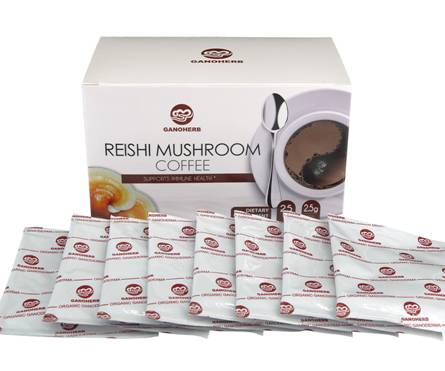(1) Variety selection varies from species to species, and there is a large difference in milk production. Therefore, it is necessary to select the Saeng breed, Laoshan variety or its offspring with high milk yield. Body shape requires a long head, a long neck, a long trunk, and a leg. Long, tall, agile, lively and robust.
(2) Feeding young lambs Newborn lambs are required to eat enough colostrum. Colostrum has high nutritional value, is easily digested and absorbed, and has immunity and disease resistance. At the same time, it has a certain influence on the growth and development performance of lambs. From birth to day 4 lambs, whole milk is the main feed, 4 times a day. 40-80 days of age can be fed with milk juice and fodder, and add a small amount of salt and bone soup. The fodder should be palatable, good quality, and easy to digest. 80-120 days of age are mainly fodder, with a small amount of milk. After 120 days of weaning, the sheep were mainly forage grasses and fed a small amount of concentrate.
(3) The reproduction of breeding goats is seasonal. It is most concentrated in autumn, and it can be planted when it grows to 12 - 14 months of age. The gestation period is 114 - 159 days with an average of 150 days.
(4) Feeding of lactating ewes Feeding ewes at the beginning of lactation should be dominated by high-quality forages, and they can be allowed to feed freely. On this basis, according to the physical conditions of fat, breast expansion, appetite changes, etc., a flexible grasp of feed and juicy feed. Dairy goats reach the peak of milk production 30-40 days after childbirth. During the period of rising milk production, various nutrients stored in the body are continuously paid and the body weight is continuously reduced. At this time, the demand for the diet should be fully met, except for the daily feed weight. 1% - 1.5% of high quality hay and - a certain amount of fine material should be fed as much as possible to the grass, silage and some root tuber feed. When the amount of lactation decreases, the concentrate should be gradually reduced. The dairy goats must ensure sufficient drinking water and salt during the entire breeding process, and they can use salt troughs to freely feed.
(5) Before milking each milking, the breasts should be scrubbed with hot water. The number of milking should be determined according to the amount of milk. Nissan milk is milked 2 times or less for 3 times, and 5 kg of milk is milked 3 times.
(6) When milk goats are milking at a proper time in the past 10 months, the milk production gradually declines. Dry milk must be used to restore the body condition of the ewes so as to ensure the development of fetuses in the ewes. - The amount of milk produced during lactation increases the quality of the lamb's birth. The purpose of dry milk can be achieved by reducing the amount of concentrate, green succulent feed, drinking water and milking times.
(7) Creating a suitable living environment Sheep house requires cool in winter and cool in summer, fresh air, clean and dry. Always brush the sheep body to promote blood circulation, increase lactation capacity, and maintain dairy hygiene. Shepherds are required to guarantee 3 hours of outdoor exercise every day and to dress the deformed hoofs. Prevent noise near the sheep house. In summer, it is necessary to prevent the heatstroke from cooling, and in winter, keep warm and warm.
Ganoderma Coffee (Reishi Mushroom Coffee/Lingzhi coffee) perfectly combines the tasty Arabica black coffee and the essence of Ganoderma Lucidum together, delivering the best product to boost your morning with some extra health benefits.

The organic Ganoderma ingredient of this product comes from our self-built organic Ganoderma farm located at pristine Mt. Wuyi, one of the largest Ganoderma origins in China. GanoHerb has acquired 4 organic certificates from China, the US, Japan, and the EU. We do not use any chemical fertilizer, herbicide, or pesticide to ensure that not any chemical contaminants will be left in the products.
This Reishi black coffee tastes just like a good black coffee, without any mushroom taste whatsoever. It has a mellow taste with slight bitterness and a nutty and chocolaty aroma. It is perfect for pairing with snacks such as cookies and cakes. You can also add sugar and creamer depending on your own preference.

Ganoderma instant coffee is also very easy to make. Each box has 25 sachets. Simply add hot water to the coffee mix and stir thoroughly, a cup of delicious Ganoderma black coffee will be ready for you in seconds. Not only does the Ganoderma black coffee taste delicious, it is also good for your health. Ganoderma has been proven to be effective in enhancing overall immunity, protecting the liver, improving sleep quality and relieving stress. It is gluten-free, lactose-free, and no additives or preservatives whatsoever, therefore it is suitable for all people especially for people with low immunity or high stress.
Ganoderma Coffee
Ganoderma Coffee,Ganoderma Lucidum Coffee,Reishi Coffee,Reishi Mushroom Coffee,Lingzhi Moffee,Black Moffee
Ganoherb International Inc. , http://www.ganoherb.us